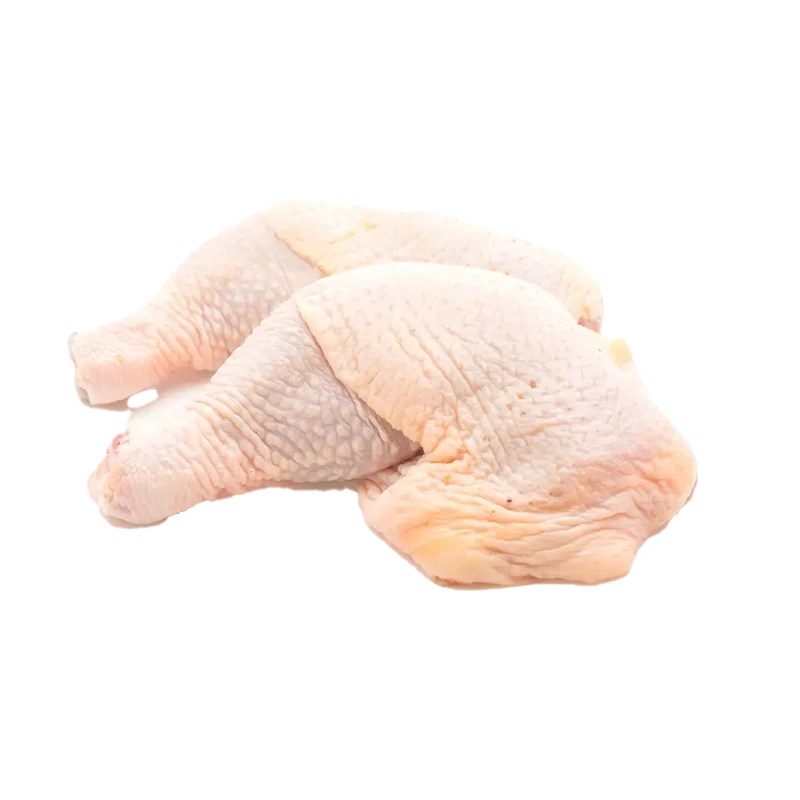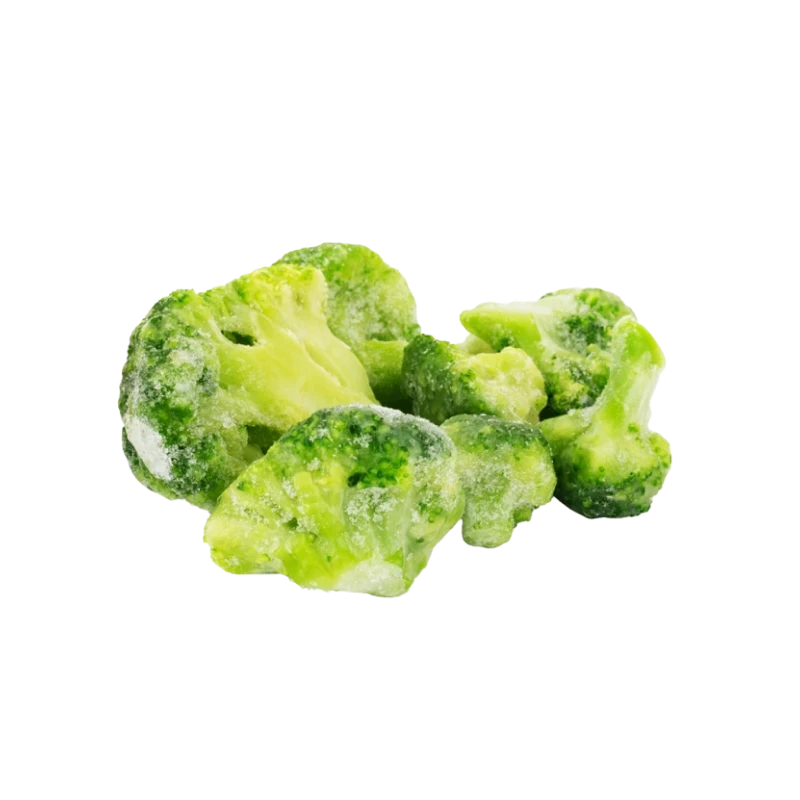Chicken Thighs — Nutrients, Health Benefits, and Shopping Tips

Written by Listonic Team
Last update on September 5, 2024
Nutrients
Nutrition facts
Amount per 100 g
Calories
🔥 209 kcal
| Nutrients per: 100 g | Value | % Daily Value* |
|---|---|---|
| Carbs | 0 g | - |
| Fiber | 0 g | - |
| Sugars | 0 g | - |
| Glycemic Index | 0 | - |
| Protein | 18 g | 36% |
| Sodium | 82 mg | 3.57% |
| Total Fat | 16 | 20.51% |
*The % of Daily Value (DV) tells you how much a nutrient in a serving of food contributes to a daily diet. 2,000 calories a day is used for general nutrition advice.
18 g
🧀 Good Protein Content
Key takeaways
Health benefits
- High in protein, essential for muscle growth, repair, and overall body function.
- Rich in flavor due to higher fat content, making them more succulent and satisfying.
- Contains essential vitamins and minerals such as B vitamins, iron, and zinc, which support energy metabolism, immune function, and overall health.
- Supports bone health if consumed with the bone, providing additional nutrients from bone marrow.
Health risks
- High fat content particularly with the skin, which can contribute to increased cholesterol levels and heart disease if consumed frequently.
- Risk of contamination with harmful bacteria such as Salmonella or Campylobacter, especially if the chicken is not properly cooked to a safe internal temperature.
- Potential for antibiotic resistance due to the use of antibiotics in poultry farming, which can affect the effectiveness of antibiotics in humans.
- Risk of foodborne illness if chicken thighs are not properly stored, handled, or cooked, leading to potential food poisoning.
How to choose chicken thighs
When choosing chicken thighs, look for skin that is smooth and unblemished, with meat that feels firm to the touch. The color should be a consistent pinkish hue without any gray spots.
Avoid chicken thighs with a slimy texture or those that have a sour smell, as these are signs the chicken may not be fresh. Good chicken thighs will smell neutral and have a clean, not sticky, surface.

How to store chicken thighs
Chicken thighs should be refrigerated and used within a few days. Store them in their original packaging or transfer to an airtight container. Freezing is ideal for longer storage, up to six months.
Air exposure can lead to spoilage, so keeping thighs in a sealed container is crucial. It’s important to avoid frequent thawing and refreezing, which can degrade texture and taste. Clean utensils and surfaces are essential to prevent contamination.
✅ Extra Tip
How long do they last?
Chicken thighs can last for 1-2 days in the refrigerator. For longer storage, chicken thighs can be frozen for up to 9 months. Proper packaging, such as vacuum-sealing, helps maintain their quality over longer storage periods.
What to do with leftovers?
Leftover chicken thighs can be used in a variety of hearty dishes. Shred the meat and add it to salads, wraps, or sandwiches, or mix it into a pasta dish with a creamy sauce. Chicken thighs are also great in soups, stews, or casseroles, where their tender meat adds flavor and richness.
Use chicken thighs in a stir-fry with vegetables and rice, or toss them with barbecue sauce for a pulled chicken sandwich. If you have a lot of chicken thighs, consider making a batch of chicken enchiladas or using the meat in a chicken and rice bake. The thigh meat can also be added to a quiche or frittata for a savory breakfast or brunch. For a quick meal, reheat the thighs and serve them with a side of mashed potatoes or vegetables.
👨⚕️️ Medical disclaimer
How chicken thighs support specific health conditions
Chicken thighs are a flavorful source of protein, supporting muscle health and tissue repair. They also provide B vitamins and minerals like phosphorus, promoting brain function and bone health. While higher in fat than chicken breast, chicken thighs can still support heart health when cooked without the skin and paired with a balanced diet rich in vegetables and whole grains. Their nutrient-dense profile makes them a satisfying and nutritious option when consumed in moderation.
Discover products from other categories
Listonic Team
Fact-checked
Our editorial team checked this article to make sure it was accurate at the time of publishing it.
Get the top-rated shopping list app

chicken thighs







